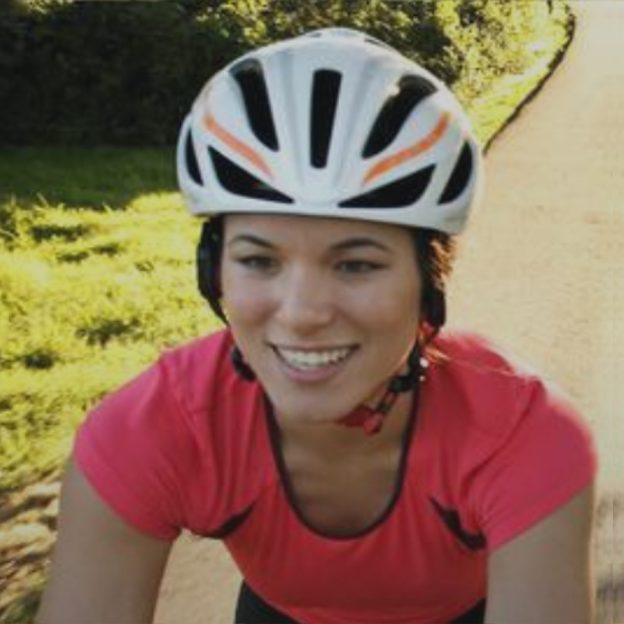Tag: safe riding
-

Bike Helmets showcased at Interbike featured comfort, connectivity and visibility
This year’s Interbike show had a ton of great new helmets. Read on to learn about this year’s best options for comfort, connectivity, and visibility in cycling head gear.
-

Staying Safe by Assessing and Avoiding Road Hazards
Nothing spoils a great ride like a bad accident, but most accidents are avoidable. The easiest way to eliminate accidents is to assess road hazards in advance, and avoid them. Read on to learn about the most common road hazards and how to manage them.
